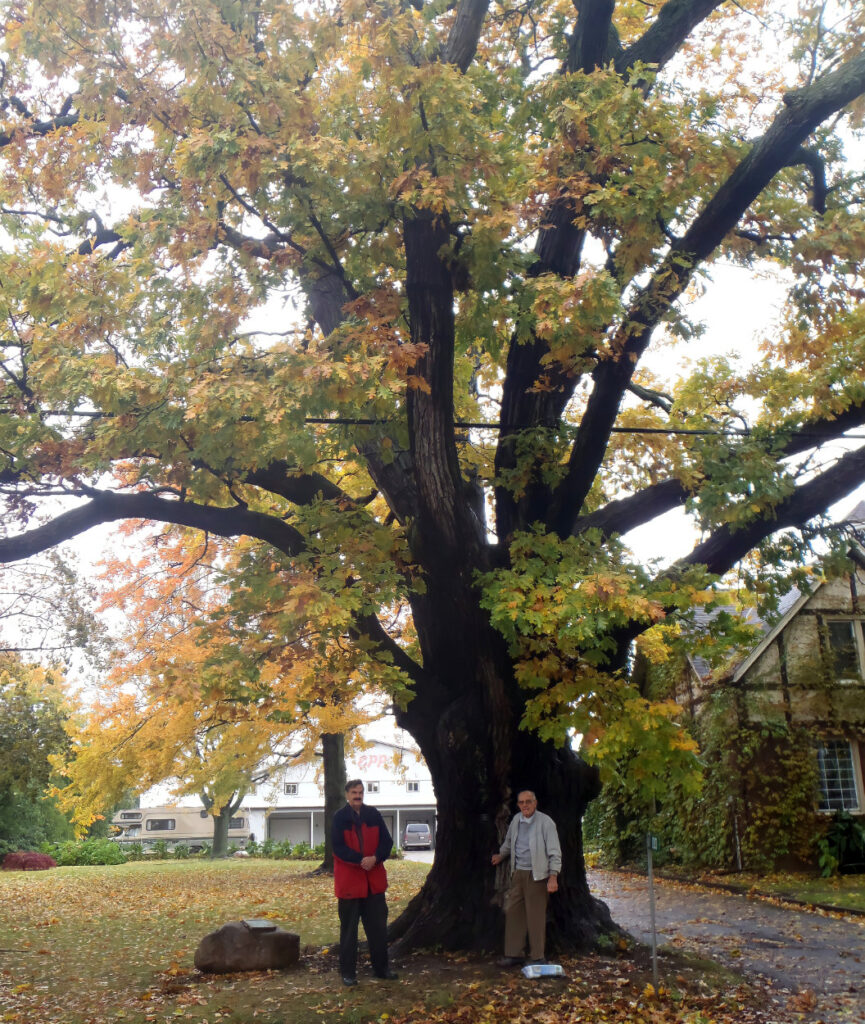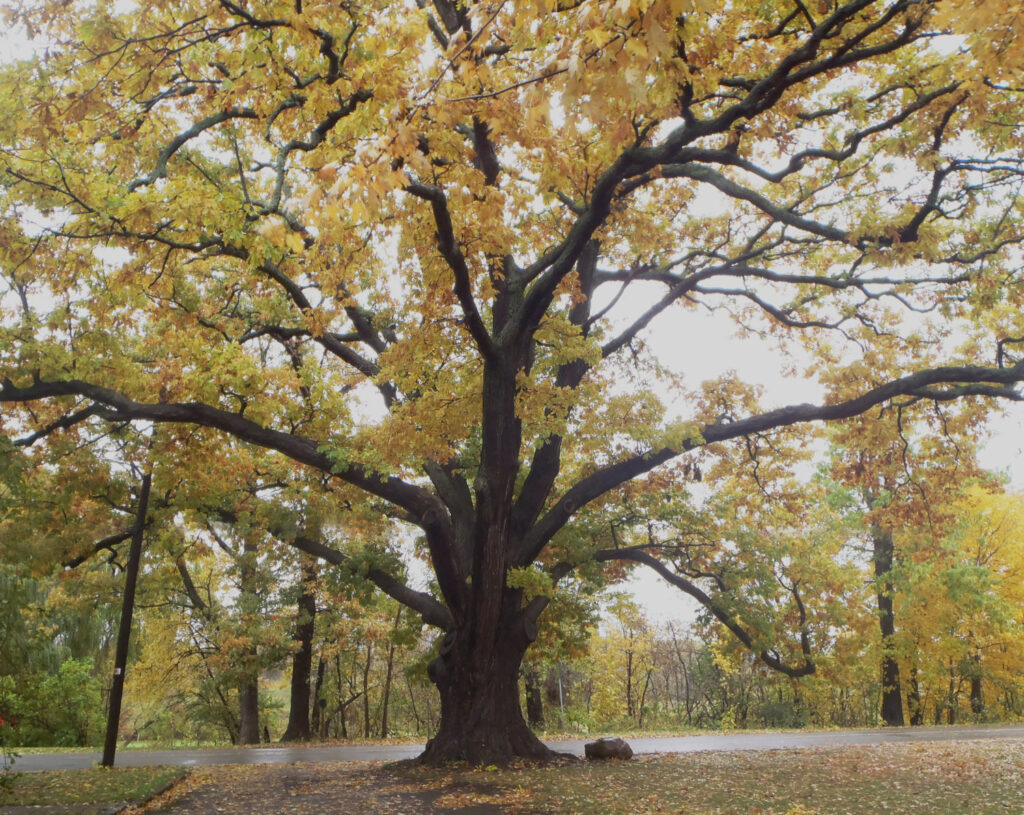
Why do people want pawpaw? The answer is simple, uniqueness. In every aspect, pawpaws are unique and are like a crown jewel in anyone’s garden collection. Even the name, Asimina triloba, sets the plant aside. Asimina translates to ‘ food of the gods ‘ and refers to the strange mango looking fruit produced. Triloba refers to the strange three lobed flower.

This tree was a hugely popular tree for the native inhabitants of North America and when the Spanish started to explore the Mississippi valley, back in 1541, the Conquistadors named the fruit ‘ pawpaw ‘ after the Spanish word papaya. This tree, native to North America, produces the largest edible fruit. It was the major source of fruit for the native American since the present day apple was brought from Britain in 1625. Hard to believe the cultivated apple tree is not native.

In the wild, these trees grow in thickets in the forest understory and along woodland edges. They prefer fertile soil that is well drained. The amount of sunlight will determine the shape of the tree where dense growth is typical of sunny conditions and a more open growth is indicative of shady conditions. They have moderate growth rates and will attain heights of 15 – 20 feet and widths of 15 – 20 feet.
Unfortunately, people stopped seeking out pawpaw in the forest when apple tree cultivation became popular. At the same time, massive deforestation for land colonization happened which vastly decreased populations and left only scattered remnants of pawpaw. Finally, this tree is coming back to popularity. There is renewed interest since there is potential for organic insecticides from its ground up bark and leaves. Also, extracts from pawpaw can overcome the ability of some cancer cells to reject chemotherapy.
You would assume, with this renewed public interest in this tree that propagation and growth of pawpaw would be embraced by the horticultural industry. – Nope. To see the full story please follow the link.
But no matter what the difficulties, be sure to plant these trees. Once established, they are self sufficient. They are generally pest free, drought resistant and will multiply by suckering to create a lovely thicket. Even though pawpaws look exotic and have beautiful flowers, I planted them for the butterflies. The pawpaw is the only larval plant for the zebra swallowtail butterfly. Since there are few pawpaw we now have few zebra swallowtail butterflies.
Whatever your reasons, be sure to plant the lovely and unique pawpaw.

















